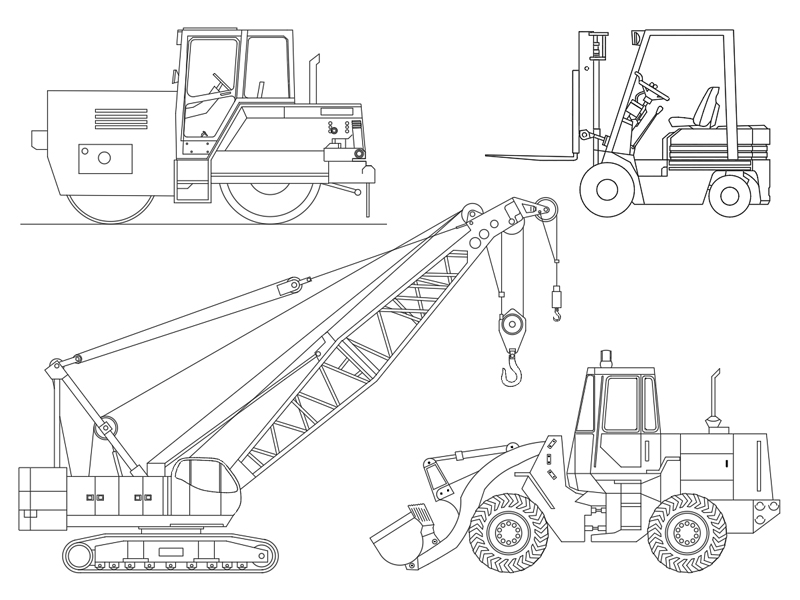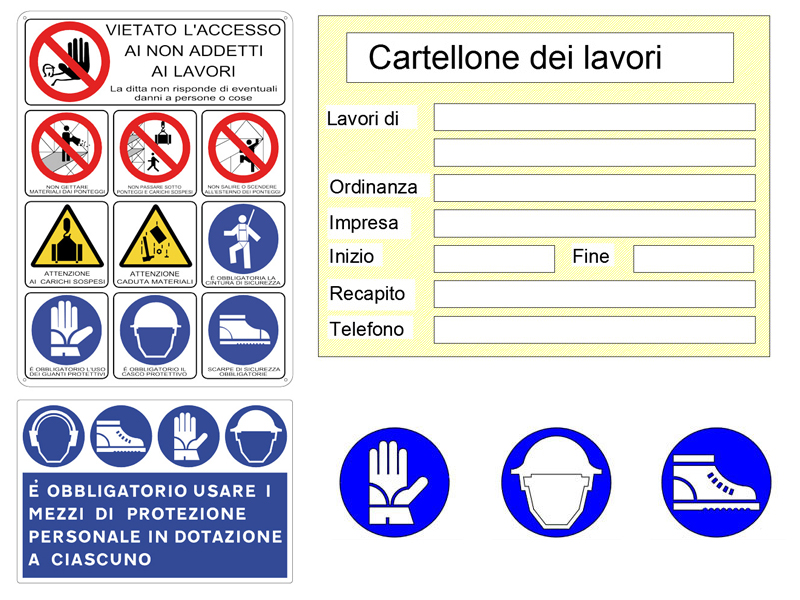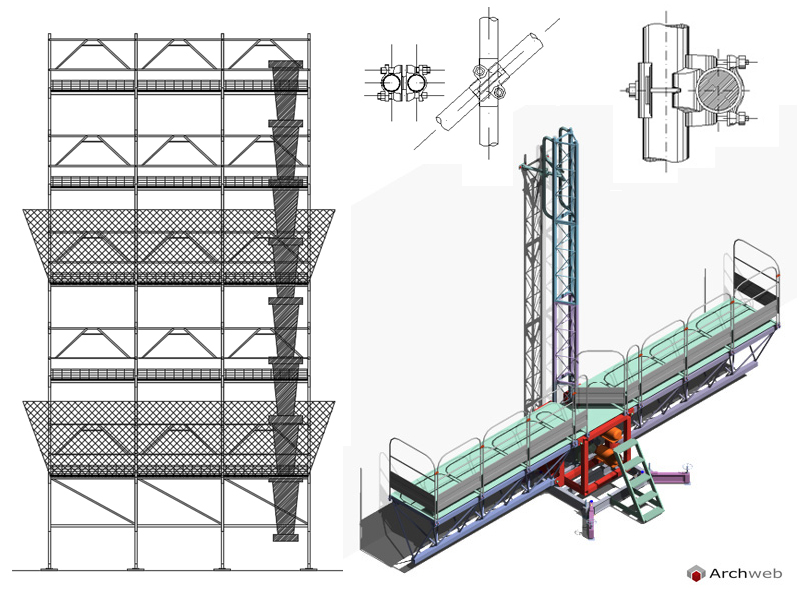Health and safety at work
Una condizione imprescindibile
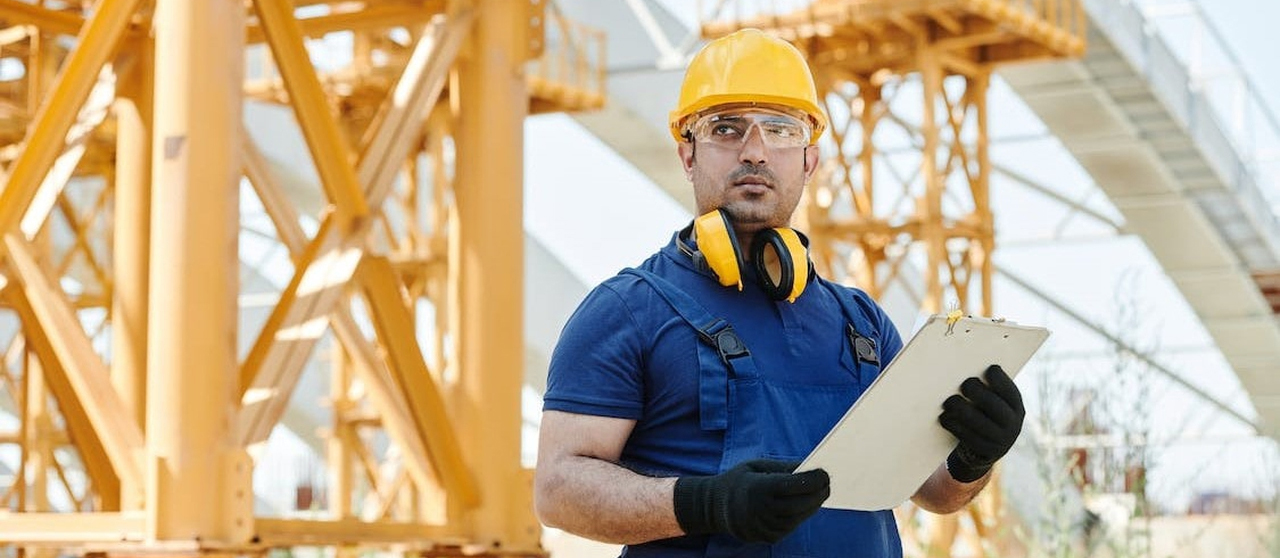
Health and safety at work: an essential condition
According to recently provided data, the rate of accidents and deaths in the workplace is still too high. In order to remedy this unacceptable problem, it is important that workers are informed about the risks they run when carrying out their tasks and that they are protected as best as possible.
The Consolidated Law on Safety, with Legislative Decree 81/2008, establishes the rules on safety in the workplace, determining how essential it is for the worker to “take care of his own safety and contribute to safeguarding that of his colleagues”. The responsibility for communicating the obligations to be followed lies with the employer who must also give instructions for the safe execution of the operations required by the specific job. The use of the necessary means and equipment must also be carried out in a workmanlike manner and in total safety. In case of violations by the employer, sanctions and interruption of activities are carried out.
Let’s now look specifically at the safety rules relating to construction sites.
The construction site and the POS – Operational plan for safety
In the case of workers in the construction sector, it is essential to guarantee total safety with respect to the countless risks associated with the many jobs on site. When it comes to public procurement, there are two figures who contribute to ensuring safety in the construction site area: the CSP and CSE.
The CSP or safety coordinator in the design phase is the professional who draws up the construction site POS, an operational safety plan, which must be delivered within 30 days from the date of award of the tender. This is a mandatory operation during the design phase. In the case of larger works, with multiple companies and over 200 workers, the POS will be replaced by the PSC, safety and coordination plan. The plans contain information on the construction site, the assessment of risks related to work and activities, and safety checks.
The Safety Coordinator is a professional responsible for the protection and well-being of workers who must operate according to the law.

The second figure committed to ensuring the correct carrying out of the activities while avoiding the risks associated with them is the CSE, safety coordinator in the execution phase. He is responsible for verifying the effective application of the obligations set out in the POS during the execution of the works.
In the absence of these two figures responsible for safety, the companies that intervene within the construction site will have to draw up the DUVRI, a single document for assessing risks from interference. This is essential documentation that proves the company’s knowledge of the risk of conflict and collision between the various activities and companies present in the workplace. Furthermore, the DUVRI is not only mandatory on construction sites but concerns all types of professional activities.
PPE (DPI) personal protective equipment
Among the provisions dictated by the Consolidated Law on Safety, we find the obligation to appropriately wear PPE, personal protective equipment. The worker must always use these items and notify the safety manager of any type of defect or danger. It is essential that clothing and accessories required by law, in addition to protecting, do not impede free movement and guarantee the correct carrying out of activities.
It is important to point out that each type of work requires particular PPE but all must satisfy the personal and professional needs of the operators in the sector. Furthermore, all clothing must be designed according to the risk to be prevented and the climatic conditions of the place where the activities take place. Finally, if it is required, it is necessary that each PPE does not compromise simultaneous use with other devices.
Secondo la normativa, tali indumenti sono distinti in tre macro gruppi:
- 1 category: to protect the worker from minor risks such as small impacts, damage due to atmospheric agents or potentially harmful substances
- 2 category: includes all PPE that protects against medium-level damage
- 3 category: concerns devices used to safeguard human life from the risk of serious injury and death
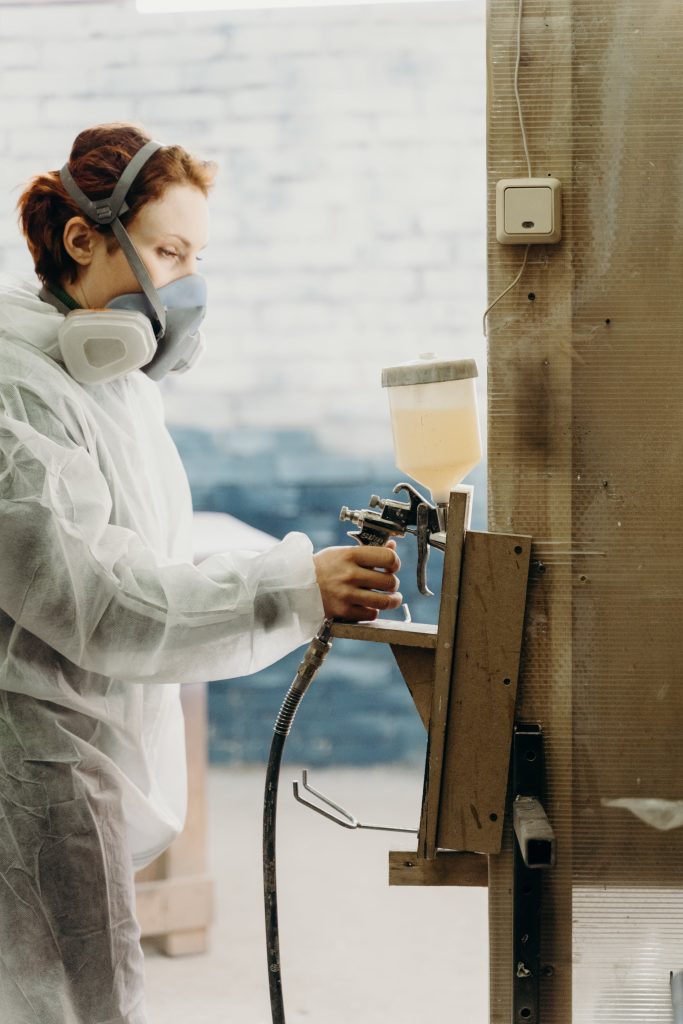
The aspect that all three categories have in common is that relating to the CE mark which guarantees the conformity of the product and its technical performance.
As regards construction sites, the mandatory PPE is different and linked to the specific activity and the area of the body to be protected. In this regard, the head is the first part of the body to be protected with helmets; they must be sufficiently robust to resist accidental falls of materials and construction components. However, it will be necessary to guarantee adequate breathability, lightness and stability at the same time. Usually, the most popular models consist of caps equipped with adjustable bands and laces under the chin. Both models must be able to absorb impacts and the penetration of solid and liquid materials. Depending on the activity carried out, sometimes earplugs and headphones can also be worn with a dual function: to absorb noises harmful to hearing and still ensure communication and timely understanding of the danger.
To view some examples of construction site signs click here
Just like the head, the face requires appropriate protection for the eyes and mouth, in order to avoid contact with dangerous substances and the inhalation of dust and harmful gases. Depending on the material you need to protect yourself from, simple disposable masks, filter masks, those equipped with a double filter, up to insulating respirators used for painting operations will be adopted. All these PPE must protect against the perception of unpleasant odors and, at the same time, promote correct breathing and to this end require adequate maintenance. For eye protection, however, glasses designed to adhere to the face and prevent the entry of splinters and ultraviolet rays will be perfect.
Another important part of the body to be protected consists of the hands, the main means with which we operate. The gloves, always designed to protect and work at their best, are distinguished by the material they are made of: leather, eco-leather, natural textiles and synthetic fibres. All types must be resistant to abrasion, cuts, chemicals and paints; some products intended for specific processes must absorb vibrations or high and low temperatures. In the first case they will consist of a double layer and padding, while in the second the materials will have to protect from excessive cold and heat. Sometimes, the glove is longer and can be extended by special arm covers and sleeves.
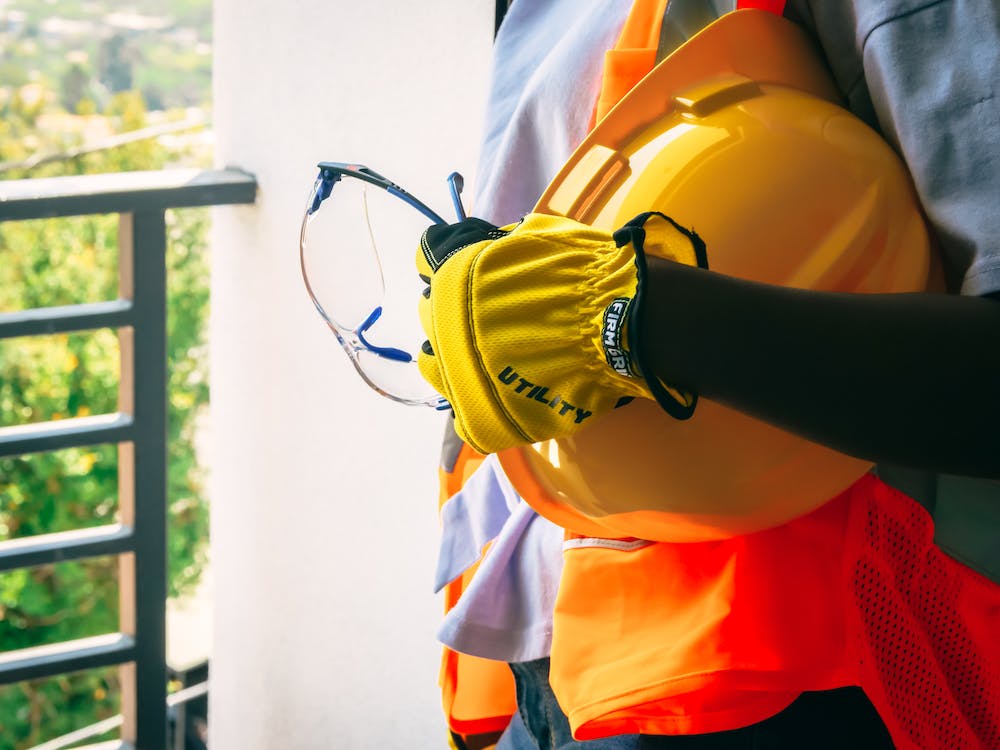
Last but not least: work or safety footwear. These are characterized by the level of protection provided and the risk against which they operate. They range from protective ones with steel toecaps, against crushing fingers, to less safe ones, with low risk coverage but facilitated opening. The soles are also designed to resist impacts, punctures and slippery substances. In addition to normal shoes, boots with a more or less high shaft can be used, depending on needs.
In the case of particular processes, such as those at high altitude, it will be essential to ensure the safety of the workers through special ropes and harnesses. Safety belts limit falls during the installation and dismantling of scaffolding; slings are more comprehensive and are worn through ropes and attachments such as carabiners and clamps.
To conclude, it should be pointed out that it is essential to use high visibility clothing if the construction site is located near a fast road. In fact, workers must be clearly visible both during the day and in the evening, wearing reflective jackets and trousers. Visibility can be more or less guaranteed depending on the class to which the PPE belongs, which must also be chosen in relation to the context, in order to appear in clear contrast with the background.
It can therefore be concluded that worker safety is not a choice but a legal obligation. In fact, it is unacceptable today that situations of danger to human life are still widespread and we must always remember that work is a right and so are safety and individual protection.






























































